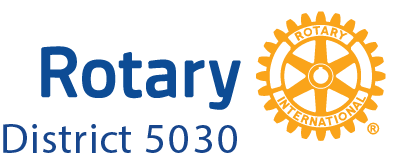
Thank goodness for the Hope Factory in South Nevada Street, where the Tiny Homes are constructed. It represented a dry location in which we gathered to build a Tiny Home in support of this impressive District 5030 project. Many of those who will benefit from the home we built were dealing with the harsh reality of the rain, which was soaking everyone and everything it touched this Saturday.
As my son and I showed up early for the event, we were able to discuss the project with Barb, who continually impresses with her vision and dedication to a project that is actually working. Sound Foundations NW is addressing homelessness by making sure everyone of our homeless neighbors has a roof over their head and a lock on their door, all to keep them warm, safe, and dry. At the heart of the mission’s success is the simple fact they believe they can solve homelessness, by building tiny homes and by building community.

We had a great turnout this Saturday, when Green River College Rotaractors showed up with nineteen of their club members. It allowed us to have 22 representatives of 5030’s Rotarians lend a hand on this dreary day. However, we were cheered by the spirit of camaraderie, bright new lights in the Hope Factory, and the knowledge that the work we undertook was making a real difference in our community. This is what Rotary is all about.

The challenge of homelessness is a real one. It is daunting to realize that Seattle has the third largest homeless population (+15,000) in the United States, behind only New York, and Los Angeles. In the greater Seattle area, there are now 21 tiny home villages with about 750 tiny homes. Once in a village, residents have access to administrative help, counseling, education, and treatment options. There is a 63% transition rate from tiny homes to permanent housing, one of the highest rates among all shelter options. Last year alone, over 2,000 individuals transitioned from homelessness to permanent housing via tiny home villages. This makes the district 5030 project one of the most successful ways to end homelessness. Amazing what people of action who unite can accomplish through partnership and desire to make their community a better place for all to enjoy.
In the end, the question is how can Seattle, with the third largest homeless population in the United States solve homelessness? First, you must believe that you can! Second you need a plan, which has been developed to get to Functional Zero. We can solve this problem by focusing on the basics rather than over-complicating and over-spending on solutions that fail to build homes and build community. Make sure you can be a person of action by joining next month’s tiny home build by registering here!

